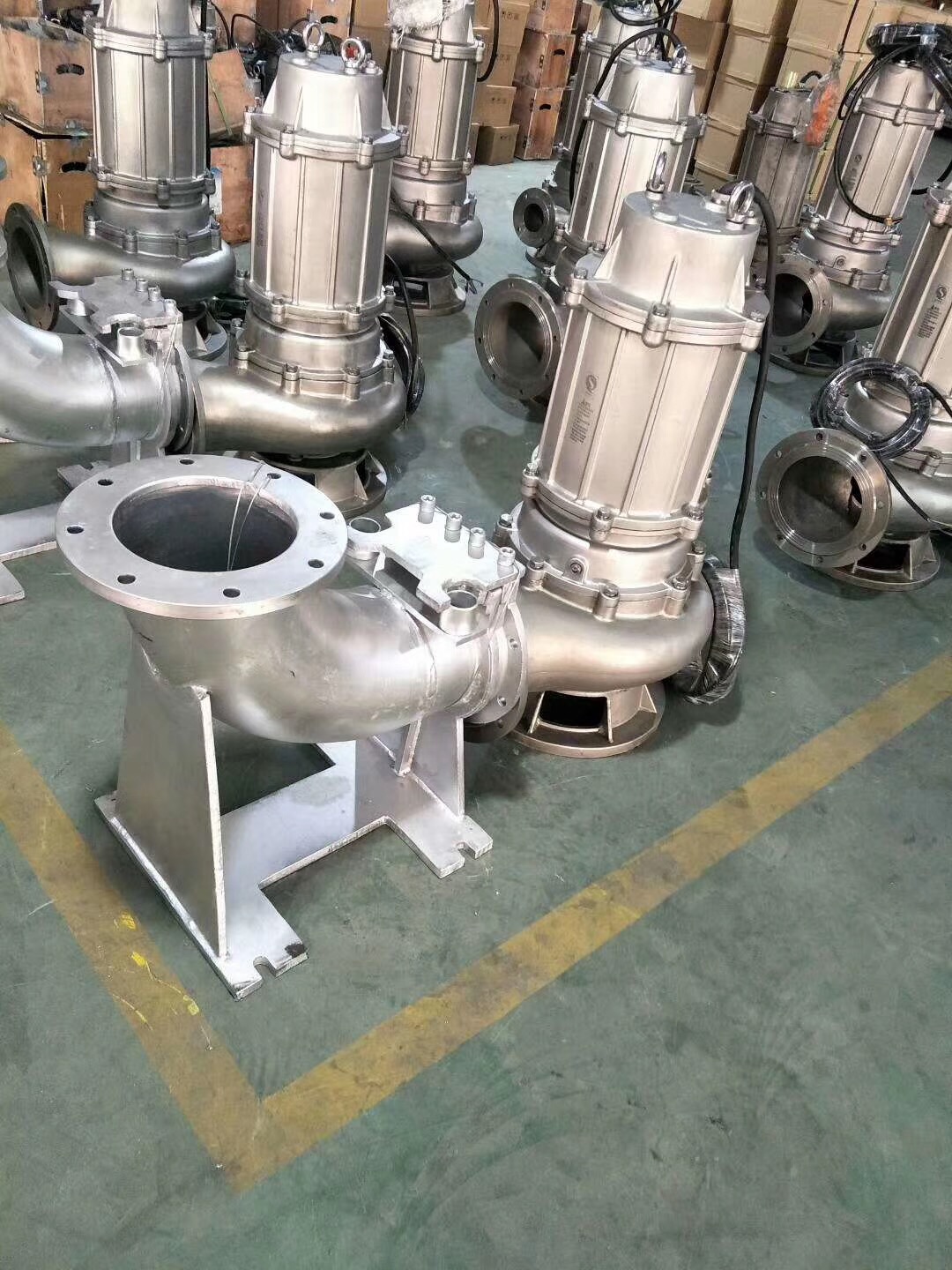English
- Afrikaans
- Albanian
- Amharic
- Arabic
- Armenian
- Azerbaijani
- Basque
- Belarusian
- Bengali
- Bosnian
- Bulgarian
- Catalan
- Cebuano
- Corsican
- Croatian
- Czech
- Danish
- Dutch
- English
- Esperanto
- Estonian
- Finnish
- French
- Frisian
- Galician
- Georgian
- German
- Greek
- Gujarati
- Haitian Creole
- hausa
- hawaiian
- Hebrew
- Hindi
- Miao
- Hungarian
- Icelandic
- igbo
- Indonesian
- irish
- Italian
- Japanese
- Javanese
- Kannada
- kazakh
- Khmer
- Rwandese
- Korean
- Kurdish
- Kyrgyz
- Lao
- Latin
- Latvian
- Lithuanian
- Luxembourgish
- Macedonian
- Malgashi
- Malay
- Malayalam
- Maltese
- Maori
- Marathi
- Mongolian
- Myanmar
- Nepali
- Norwegian
- Norwegian
- Occitan
- Pashto
- Persian
- Polish
- Portuguese
- Punjabi
- Romanian
- Russian
- Samoan
- Scottish Gaelic
- Serbian
- Sesotho
- Shona
- Sindhi
- Sinhala
- Slovak
- Slovenian
- Somali
- Spanish
- Sundanese
- Swahili
- Swedish
- Tagalog
- Tajik
- Tamil
- Tatar
- Telugu
- Thai
- Turkish
- Turkmen
- Ukrainian
- Urdu
- Uighur
- Uzbek
- Vietnamese
- Welsh
- Bantu
- Yiddish
- Yoruba
- Zulu
Telephone: +86 13120555503
Email: frank@cypump.com
Nov . 01, 2024 05:16 Back to list
Slurry Pump Specifications for Optimal Performance and Efficiency in Industrial Applications
Understanding Slurry Pump Specifications
Slurry pumps are critical components in various industrial processes, particularly in mining, mineral processing, and wastewater management. These pumps are specially designed to handle a mixture of liquids and solids, known as slurry, which can be abrasive and corrosive. To ensure that a slurry pump operates efficiently and meets the specific needs of an application, understanding its specifications is essential.
Key Specifications of Slurry Pumps
1. Type of Slurry The type of slurry being handled greatly influences the pump selection. Slurries can range from fine particles in water to heavy aggregates in viscous fluids. Understanding the composition, density, and viscosity of the slurry is crucial for choosing the right pump with appropriate materials and design.
2. Flow Rate The flow rate, measured in cubic meters per hour (m³/h), indicates the volume of slurry the pump can transfer within a specific time frame. It is essential to match the required flow rate of the system to ensure efficiency and prevent operational issues such as clogging or inadequate pumping.
3. Head Pressure Head pressure, or total dynamic head (TDH), is another critical factor. It represents the height to which the pump can lift the slurry and is influenced by the vertical distance between the pump and discharge point, as well as the friction losses in the pipes. Properly calculating the head pressure needed for a given application is vital for optimal pump selection.
slurry pump specification

4. Material of Construction The construction material of a slurry pump significantly affects its durability and performance. Common materials include cast iron, stainless steel, and various alloys. The choice of material should be guided by the characteristics of the slurry, such as temperature, pH level, and the presence of abrasive particles.
5. Pump Design Slurry pumps come in various designs, including centrifugal and positive displacement pumps. Centrifugal pumps are generally suitable for low-viscosity slurries and offer high flow rates, while positive displacement pumps are better for high-flow and high-viscosity applications. The design affects not only performance but also maintenance and operational costs.
6. Suction and Discharge Size The size of the suction and discharge ports can impact the pump's efficiency. Larger ports may allow for greater flow but can also lead to increased turbulence and potential wear on the pump components. It is essential to choose sizes that are appropriate for the application while considering the overall system design.
7. Efficiency and Power Consumption Pump efficiency is crucial for reducing operational costs. Look for pumps that provide high hydraulic efficiency as it directly correlates with energy consumption. High-efficiency pumps can significantly lower the cost of operation in the long run.
Conclusion
In summary, selecting the right slurry pump involves a careful analysis of various specifications, including the type of slurry, required flow rate, head pressure, material of construction, pump design, port sizes, and efficiency. A thorough understanding of these factors will ensure that the chosen pump meets the operational demands and contributes to achieving optimal performance in industrial applications. Therefore, it is essential for engineers and procurement teams to collaborate closely when selecting slurry pumps to fulfill specific project needs.
-
ISG Series Vertical Pipeline Pump - Chi Yuan Pumps Co., LTD.|High Efficiency, Energy Saving, Low Noise
NewsJul.30,2025
-
ISG Series Vertical Pipeline Pump- Chi Yuan Pumps|High Efficiency&Low Noise
NewsJul.30,2025
-
ISG Series Vertical Pipeline Pump-Chi Yuan Pumps Co., LTD.|High Efficiency&Energy Conservation
NewsJul.30,2025
-
ISG Series Vertical Pipeline Pump - Chi Yuan Pumps Co., LTD.|Advanced Hydraulic Design&Energy-Efficient Solutions
NewsJul.30,2025
-
ISG Series Vertical Pipeline Pump - Chi Yuan Pumps Co., LTD.
NewsJul.30,2025
-
ISG Series Vertical Pipeline Pump - Chi Yuan Pumps Co., LTD.|energy-efficient fluid handling&industrial durability
NewsJul.30,2025










